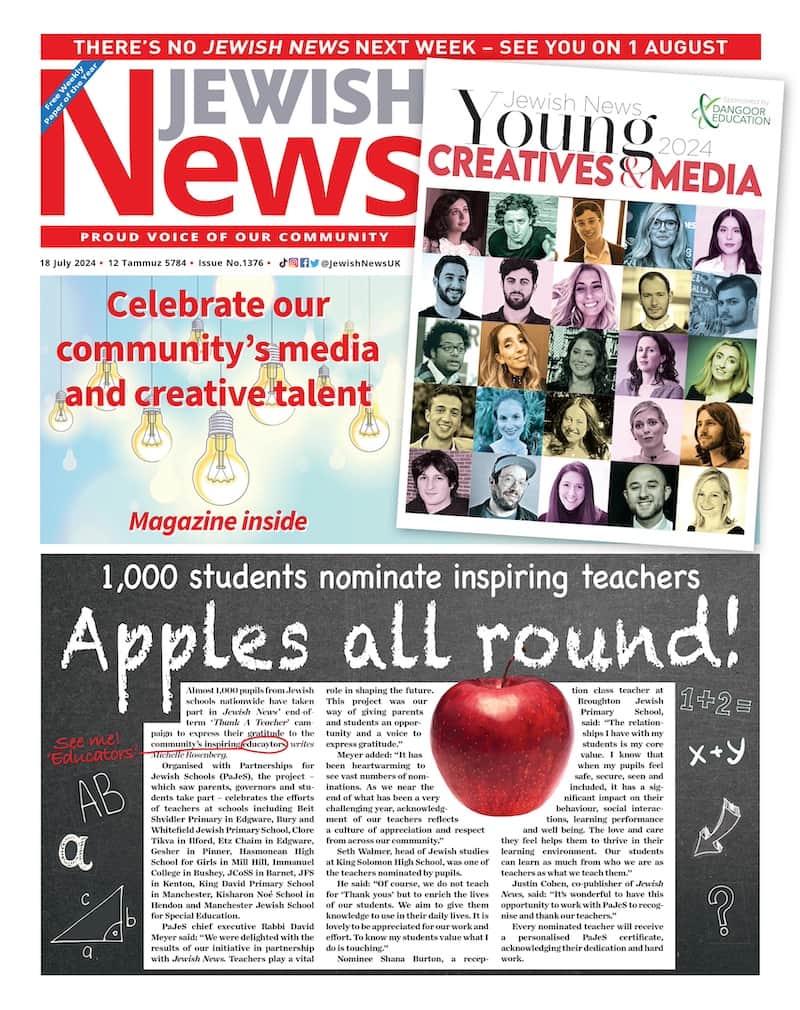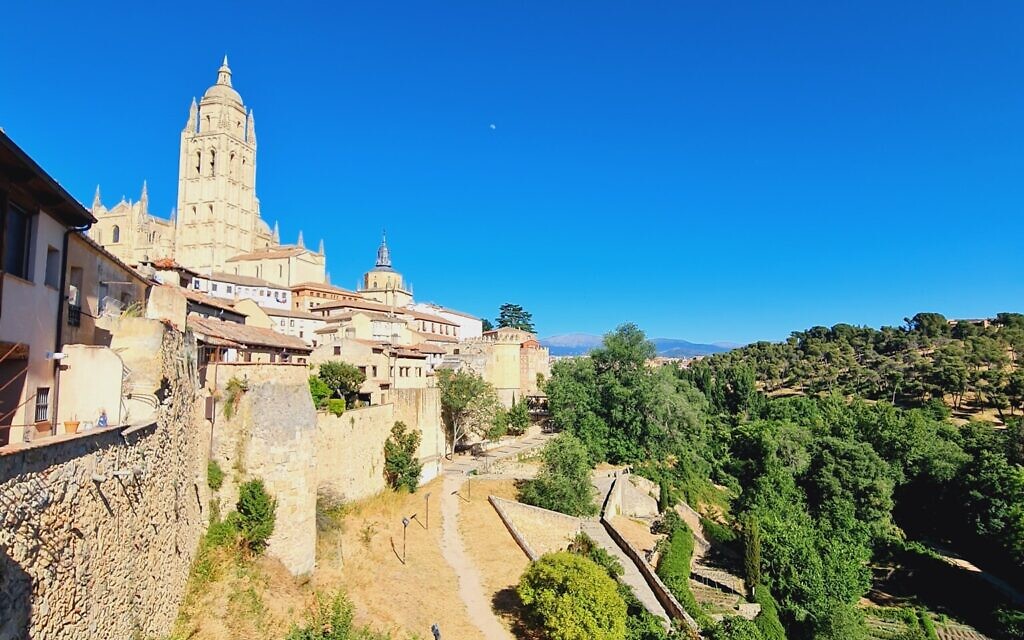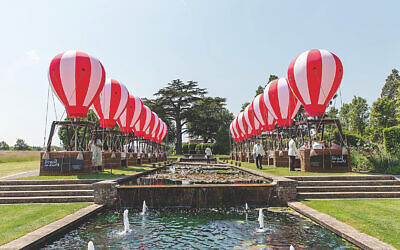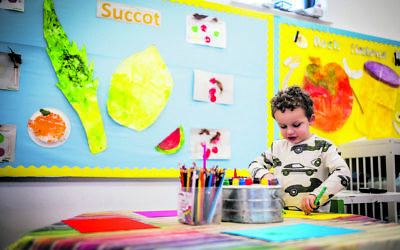Swap sandals and suncream for Sephardic history in Spain’s heartland
The medieval towns of Segovia and Avila have much to offer
As Spain welcomes back Brits in their hundreds of thousands, I opted to forgo cocktails in the Costas and ventured instead to the country’s heartland, Castilla y Leon. Instead of stretching out on the sand to bask in the sun, I chose to visit the medieval cities of Segovia and Ávila, two of Spain’s most distinguished historic Jewish quarters.
While many Jewish visitors to Spain might visit synagogues in Toledo and Córdoba, you can take an hour-and-a-half train ride from Madrid and immerse yourself in two of the country’s most spellbinding and underrated Aljamas. These are the precincts where Jews worked, lived and ultimately were confined before their expulsion from Spain in 1492.
Arriving in Segovia, you can’t miss the imposing Roman aqueduct, which is the picture-perfect image everyone who visits the city remembers long after they leave. However, I headed straight for the Jewish centre, where my guide, Maria, was waiting to offer me a visit of Segovia’s enchanting back streets.
Get The Jewish News Daily Edition by email and never miss our top stories Free Sign Up
In spring, poppies swayed in the warm breeze as I walked in the shadow of the city’s towering cathedral. The city’s Jews were forced to live in these environs after the Inquisition arrived, all but condemning Jews to convert to Christianity, or else leave.
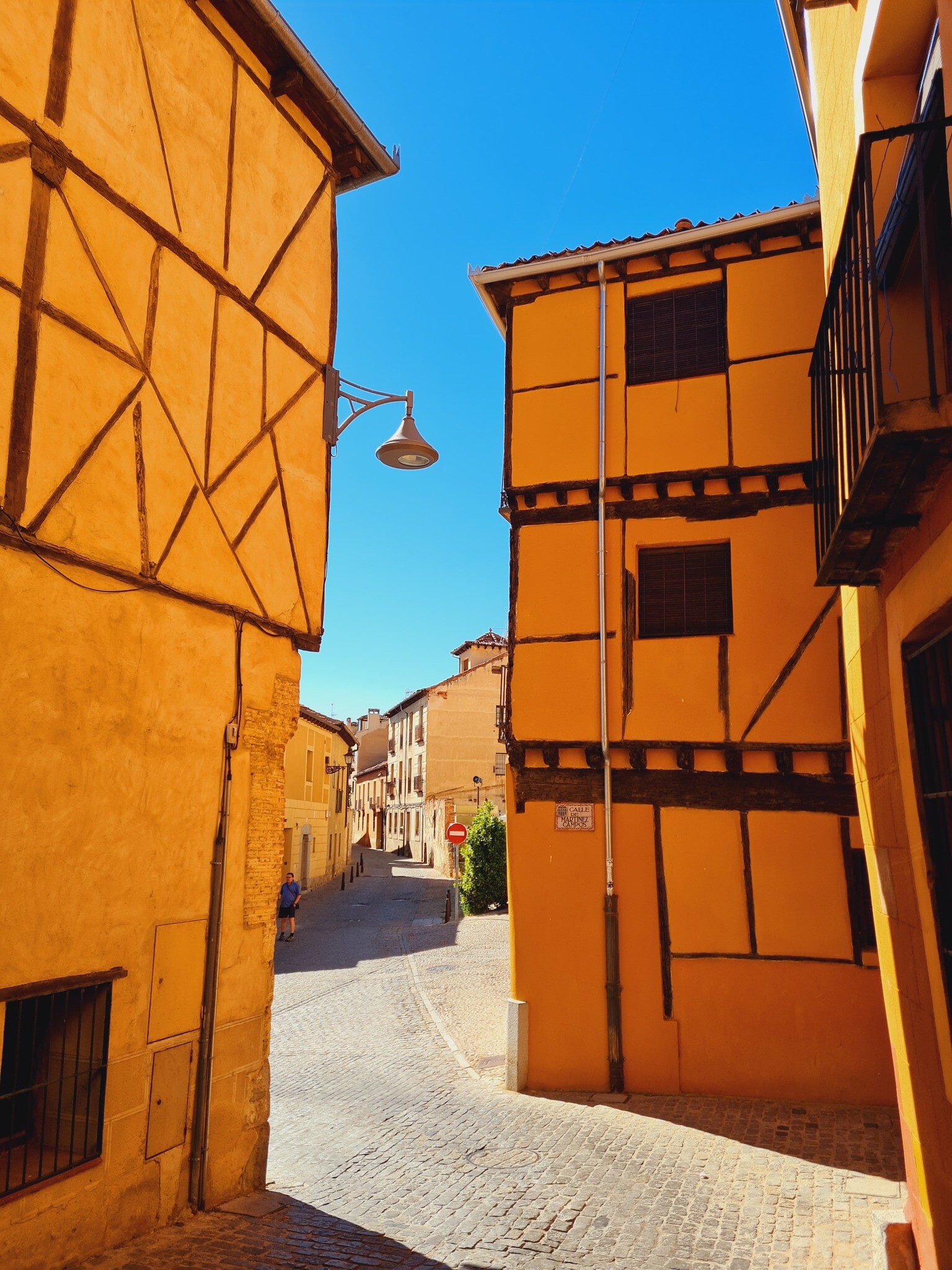
Maria told me we were walking in the footsteps of rabbis and market traders. Some members of the community, notably Rabbi Seneor, reached positions of influence in the royal court. There were at least five synagogues here, thriving Talmudic schools, and a slaughterhouse and a hospital used exclusively by the Jewish community, but for the most part, the remnants are to be found in hidden away churches that expropriated the 14th- and 15th-century shuls.
To work up an appetite before lunch we walked to the top of the San Andrés Gate, from which you can marvel at the Jewish Quarter. Eight gates were built to shut in the Jewish inhabitants, but San Andrés is one of the few remaining. To the south of the city, you can just glimpse the archaeological excavations that led to the discovery of the old Jewish graveyard. The necropolis is sited on what is now a pretty pine tree forest. Maria mentioned, almost in passing, how the Jews of the city were separated from their cemetery when the Catholic Kings insisted that the Inquisition should become more repressive.
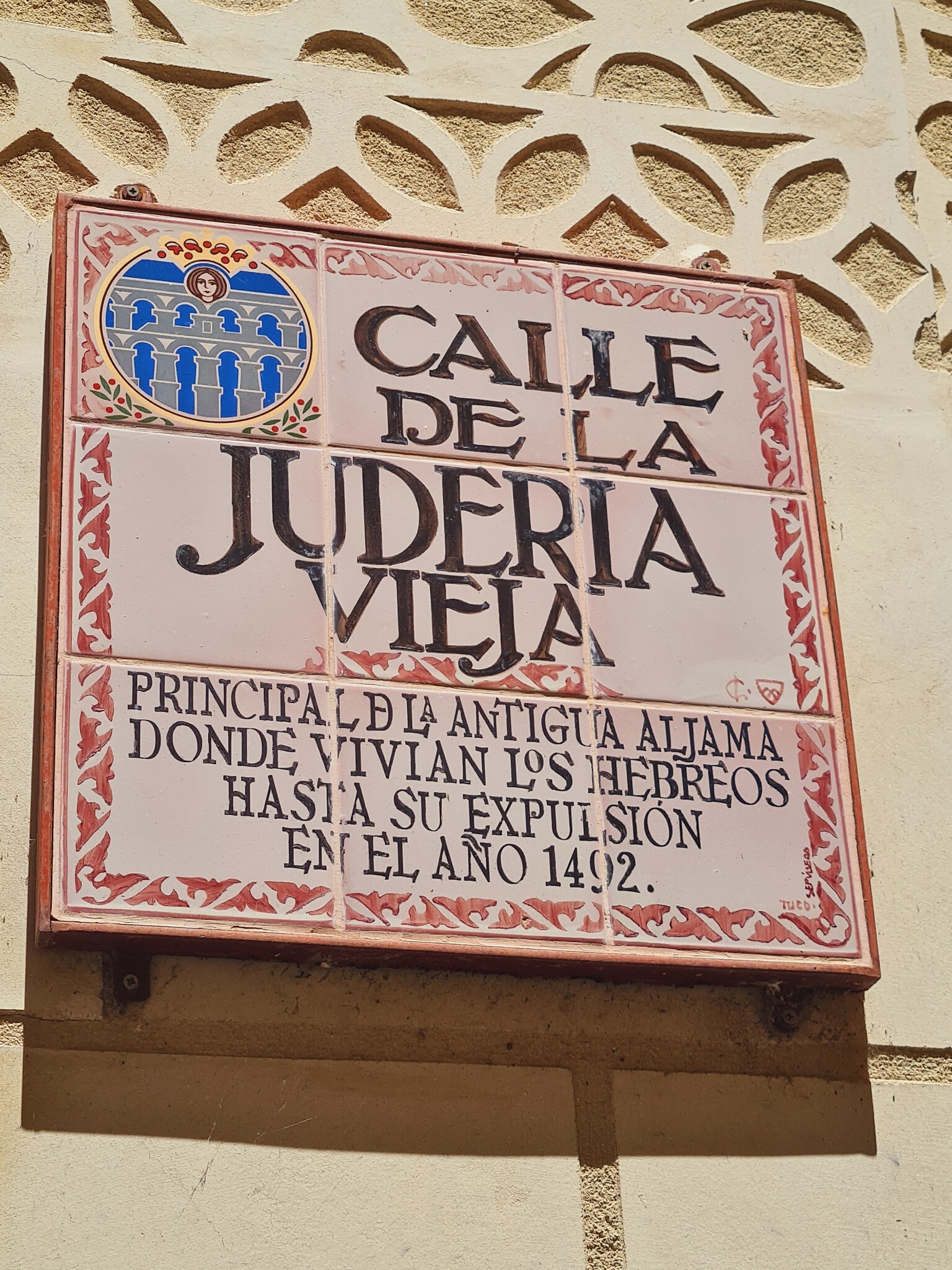 After all that walking, the heartiest of lunches awaited me at El Fogón Sefardí. Popular with Jewish visitors from far and wide, manager Alfonso greeted me and proceeded to give me a tour of the original dining hall with original 15th-century Mudéjar flourishes. A menorah has pride of place in the centre, and while Alfonso filled me in on the historic gossip – it’s thought a prominent Rabbi once lived here – my belly gurgled. I wasn’t left disappointed – or hungry.
After all that walking, the heartiest of lunches awaited me at El Fogón Sefardí. Popular with Jewish visitors from far and wide, manager Alfonso greeted me and proceeded to give me a tour of the original dining hall with original 15th-century Mudéjar flourishes. A menorah has pride of place in the centre, and while Alfonso filled me in on the historic gossip – it’s thought a prominent Rabbi once lived here – my belly gurgled. I wasn’t left disappointed – or hungry.
The chefs add a few personal twists to Sephardic classics. My aubergine and lamb millefeuille was surprisingly fruity and just the right side of spicy, and my pastilla was stuffed with succulent chicken. Alfonso took me to see the adjoining hotel spa, but all I needed at that point was to flop onto one of the hotel’s luxury beds.
Like any good Jew, my stomach often dictates my travel itinerary, so it was with a three-course lunch that I kickstarted the next afternoon in the nearby city of Ávila. You can either stay at the characterful Hotel Spa La Casa Mudéjar the night before in Segovia or use Madrid as a convenient base.
Sitting down first to a dish of creamy courgette ravioli at the restaurant La Gloria Bendita, and then basking in its views of Ávila’s perfectly preserved 11th-century fortifications, I greedily feasted on a tender beefsteak to muster the energy for one more tour.
I only just made it, but Ávila’s Jewish quarter, where Kabbalists famously lived and wrote mystical texts, is no less spectacular than Segovia’s. We ended the visit by walking through the Puerta de la Malaventura, the Gate of Misfortune, through which it is said the city’s Jews had to walk to their uncertain future when the Inquisition forced them from the city where they’d lived for centuries.
The sweet relief was to see how much resource and attention Spain’s Sephardi authorities have invested in remembering and recreating their Jewish history, and how stunning the old Jewish quarters look today, nestled in rolling verdant green valleys.
Next year, the Costas, if only to please my partner!
Andrew ate at Restaurante El Fogón Sefardí in Hotel Spa La Casa Mudéjar in Segovia www.lacasamudejar.com
In Ávila he ate at Restaurante Gloria Bendita
The Didactic Centre of the Jewish Quarter in Segovia offers many tours of cultural interest

Thank you for helping to make Jewish News the leading source of news and opinion for the UK Jewish community. Today we're asking for your invaluable help to continue putting our community first in everything we do.
For as little as £5 a month you can help sustain the vital work we do in celebrating and standing up for Jewish life in Britain.
Jewish News holds our community together and keeps us connected. Like a synagogue, it’s where people turn to feel part of something bigger. It also proudly shows the rest of Britain the vibrancy and rich culture of modern Jewish life.
You can make a quick and easy one-off or monthly contribution of £5, £10, £20 or any other sum you’re comfortable with.
100% of your donation will help us continue celebrating our community, in all its dynamic diversity...
Engaging
Being a community platform means so much more than producing a newspaper and website. One of our proudest roles is media partnering with our invaluable charities to amplify the outstanding work they do to help us all.
Celebrating
There’s no shortage of oys in the world but Jewish News takes every opportunity to celebrate the joys too, through projects like Night of Heroes, 40 Under 40 and other compelling countdowns that make the community kvell with pride.
Pioneering
In the first collaboration between media outlets from different faiths, Jewish News worked with British Muslim TV and Church Times to produce a list of young activists leading the way on interfaith understanding.
Campaigning
Royal Mail issued a stamp honouring Holocaust hero Sir Nicholas Winton after a Jewish News campaign attracted more than 100,000 backers. Jewish Newsalso produces special editions of the paper highlighting pressing issues including mental health and Holocaust remembrance.
Easy access
In an age when news is readily accessible, Jewish News provides high-quality content free online and offline, removing any financial barriers to connecting people.
Voice of our community to wider society
The Jewish News team regularly appears on TV, radio and on the pages of the national press to comment on stories about the Jewish community. Easy access to the paper on the streets of London also means Jewish News provides an invaluable window into the community for the country at large.
We hope you agree all this is worth preserving.
-
By Brigit Grant
-
By Laurent Vaughan - Senior Associate (Bishop & Sewell Solicitors)
-
By Laurent Vaughan - Senior Associate (Bishop & Sewell Solicitors)
-
By Laurent Vaughan - Senior Associate (Bishop & Sewell Solicitors)
-
By Laurent Vaughan - Senior Associate (Bishop & Sewell Solicitors)

